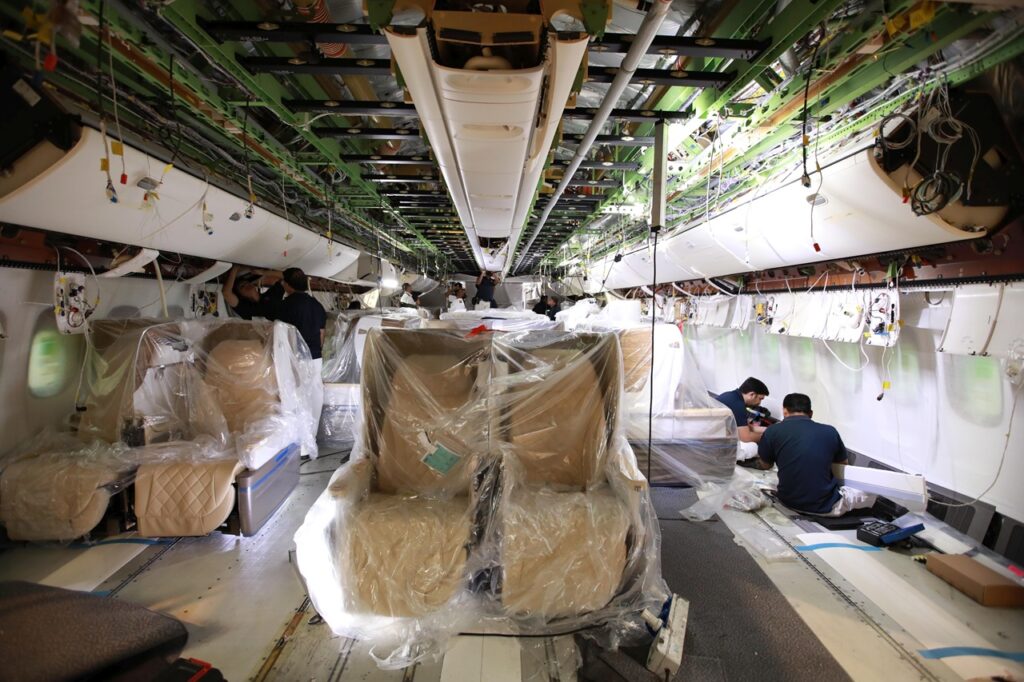Remote and hybrid working systems have become a part of our daily lives with the pandemic. Although some sectors abandoned it completely as soon as the need, or rather the necessity, disappeared, many industries have adopted and continue to implement this way of working for various reasons. The main reason for this is that it reduces costs. Another reason is that it increases employee happiness, loyalty and productivity. Although it has other advantages, these three alone are sufficient reasons for many companies.
In fields such as medicine and engineering, where specialization and experience increase trust and added value, remote working has an additional effect that expands the scope of the expertise in question. An expert surgeon can participate in remote consultations. Remote surgery is now an area where pilot applications are carried out. An expert engineer can make remote design, document review and correction suggestions. Remote working significantly expands the reach of expertise and experience.

On the other hand, remote piloting is a must to use unmanned aerial vehicles and drones. It is possible to extend this framework to remotely operated or self-flying passenger aircraft. There are currently many autonomous commercial piloting studies ongoing in the military and civilian fields.

When it comes to aircraft maintenance, it is not possible to draw clear boundaries and make definitive decisions. No aircraft owner or operator can easily accept that such a valuable asset is being taken care of “remotely”. However, during the pandemic, a huge number of experienced and expert workers were forced to retire. Many were laid off. Those who achieved success in other areas during their unemployment period decided not to return to aviation anymore. The experience pyramid was broken and became short and stocky. Now that business is back to its old volume, the experience gap is progressing at an unfillable size. When we also consider the growth estimates for civil air transportation in the next 5-10 years, the technician shortage that will emerge makes the entire sector worry.
Remote working can bring retired experts, who do not want to travel or go to the office/hangar regularly, and who change sectors back into the workforce. It can provide contributions that prevent invisible costs from reaching damaging levels, such as remotely monitoring repairs, warning teams in advance about some critical issues, and guiding them in the order of operations. Remote approval may be possible at first for tasks that do not directly affect flight safety and are focused on comfort and cosmetics. Similarly, tests of auxiliary systems can also be approved remotely.

It is possible and a great risk that experts who approve remotely will be given excessive responsibility by the maintenance centers for the sake of commercial gains. Therefore, “operations that can be approved remotely” cannot be left to maintenance center teams that are prone to being influenced by their financial instincts. Manufacturers, authorities and industry monitoring groups will need to manage this process. These groups can announce operations that are suitable for remote approval to the entire industry with a note in the maintenance planning document as “RCA”, meaning “Remote Certification Allowable”. The process that started with decent applications can be spread to other areas deemed appropriate after the industry monitoring team analyzes the collected data.

As a result, remote certification seems to be a method that the aviation industry will have to accept reluctantly. Although we are generally positive about its outcomes, we will experience the effects that we cannot foresee today as the process progresses. Aviation, which has managed to overcome all kinds of difficulties, will set an example for other fields by putting this application in order for sure.
